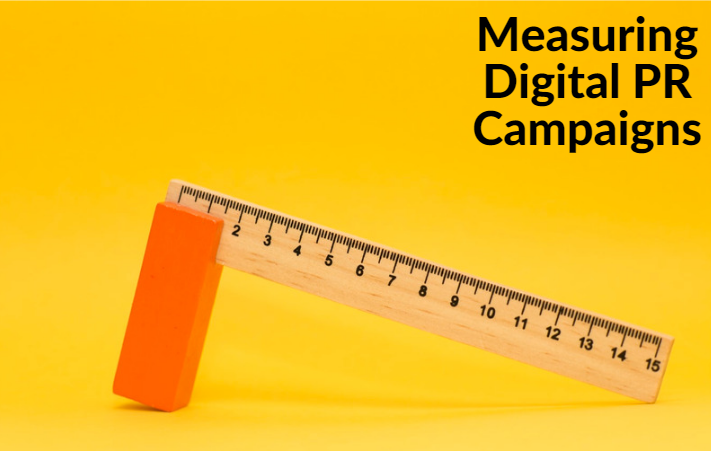As consumer trends continue to shift away from traditional brick-and-mortar shopping to online shopping and social media activity, a strong, targeted, and effective digital marketing plan is becoming more important than ever. While this is increasingly self-evident, many brands continue to struggle with how to measure the effectiveness of their digital PR campaigns.
There are several different metrics brand managers, digital PR pros, and marketing reps can use to measure the performance of a digital marketing campaign. Here are five that, collectively, give brands a clear understanding of the impact of their digital marketing efforts.
Conversions
Sales matter more than anything else. If people are buying based on a message, something about that campaign was successful. Using sophisticated data-driven tools, PR pros can monitor where the traffic is coming from, when it landed, and what message triggered the buying decision. Tools like Google Analytics allow digital marketing campaign directors to trace the route from initial interaction to buying purchase.
Brand Mentions
Messages should be connective, targeted, and easy to share. One of the best ways to know if people are interacting with a message is to track brand mentions, or how that brand or product is discussed online. Mentions might happen on social media, in hashtags, on blogs, in video descriptions, or in multimedia content shared across various different platforms. The best tools for measuring brand mentions will do more than count them, they will offer the context of the mention as well, giving brand managers more data to work with for their next campaign.
Site Traffic
When people interact with a message online, are they coming back to the website or landing page? If the answer is yes, then there’s something right happening with that message. The audience is not only being reached, they are being influenced. They may not make an immediate buying decision, but their behavior has been shifted, indicating a positive connection with the brand that can be leveraged. The right digital tools allow marketers to see how the prospect came to the website, allowing brands to see which paths are the most effective and influential.
Backlinks
Backlinks help indicate how important or connective the information presented by the brand is to others, whether they be prospects or fans. Backlinks come from sites or social media accounts that have linked to the brand’s content online, another metric that can be tracked using digital marketing tools.
Social media engagement is any kind of activity that can be classified as a response to content shared or created by the brand. Engagement includes actions such as views, shares, likes, impressions, and comments. Shares are the best kind of engagement, because they create a wider message net, but all forms of engagement keep the brand message fresh and active. Even negative interactions offer opportunities for a positive interaction.
When brand managers and PR pros utilize these tools, they can offer their client brands precise campaign targets and clearly measure results.
Building Brand Trust in the Age of Misinformation
False narratives spread at lightning speed across social media platforms, reaching millions before...
VR and AR: Creating New Dimensions in PR and Brand Storytelling
Virtual reality and augmented reality technologies have moved far beyond their gaming origins to...
The Rise of K Beauty Brands in the U.S.: How To Use PR To Stand Out In a Crowded Market
The U.S. beauty market is a behemoth, a fiercely competitive arena where countless brands battle...




